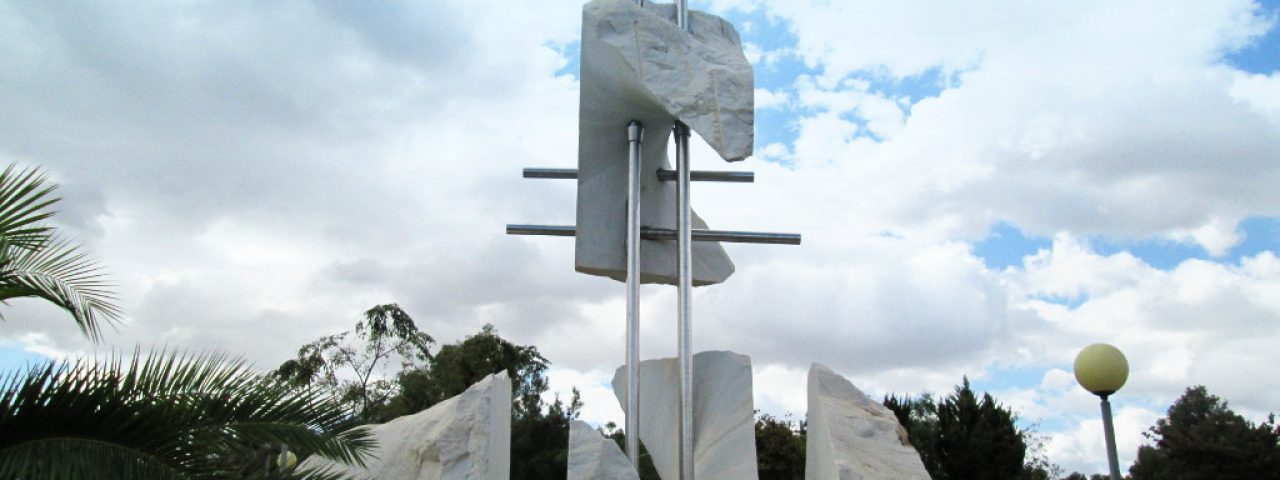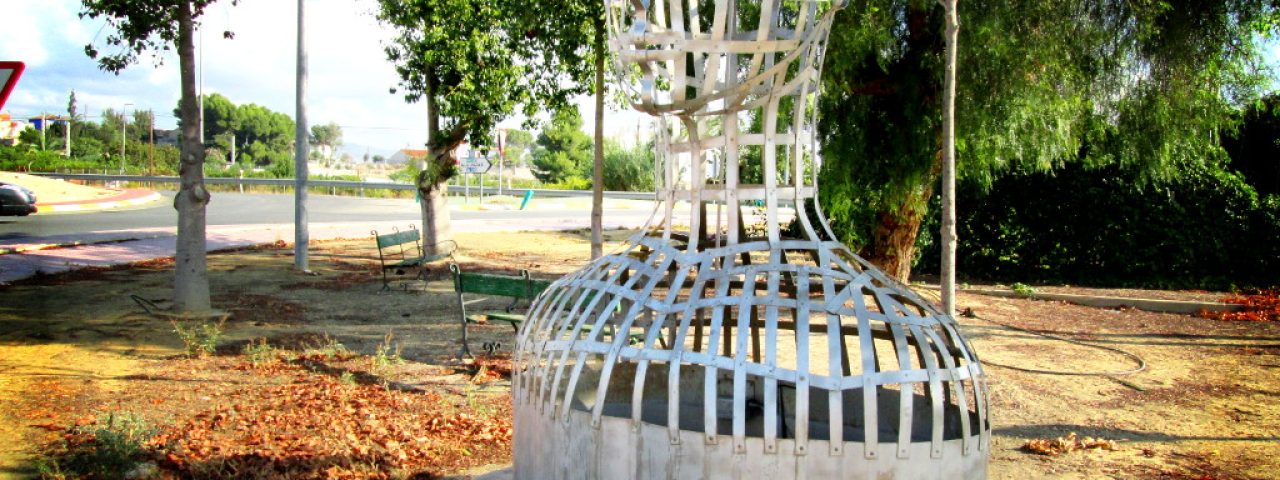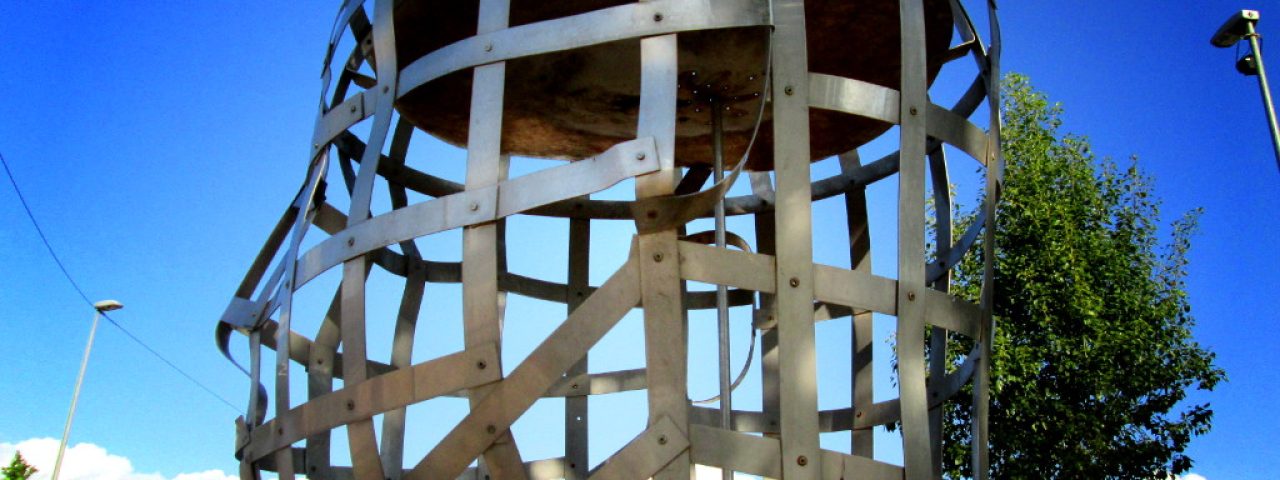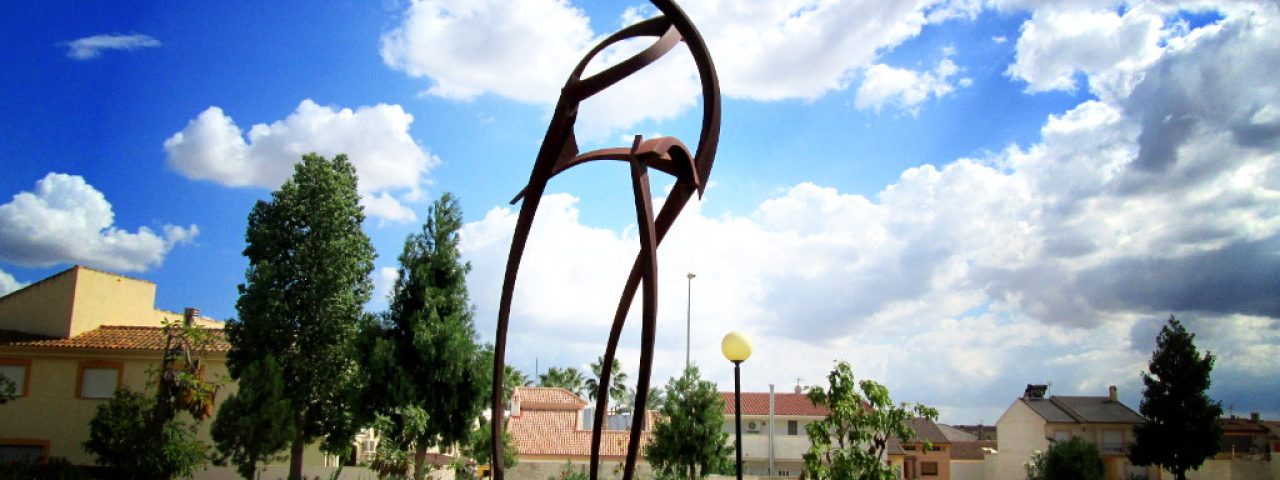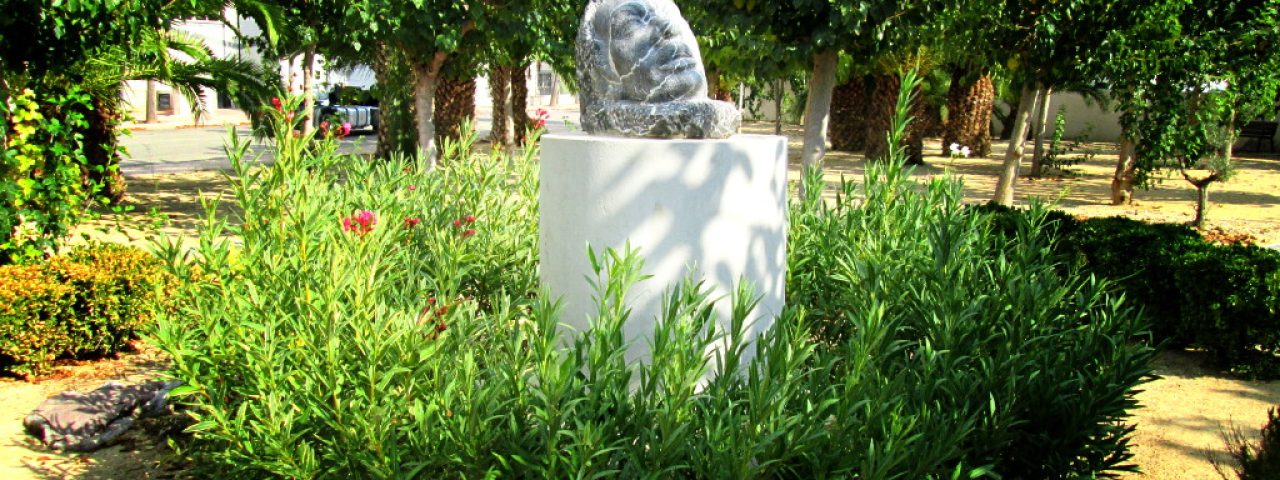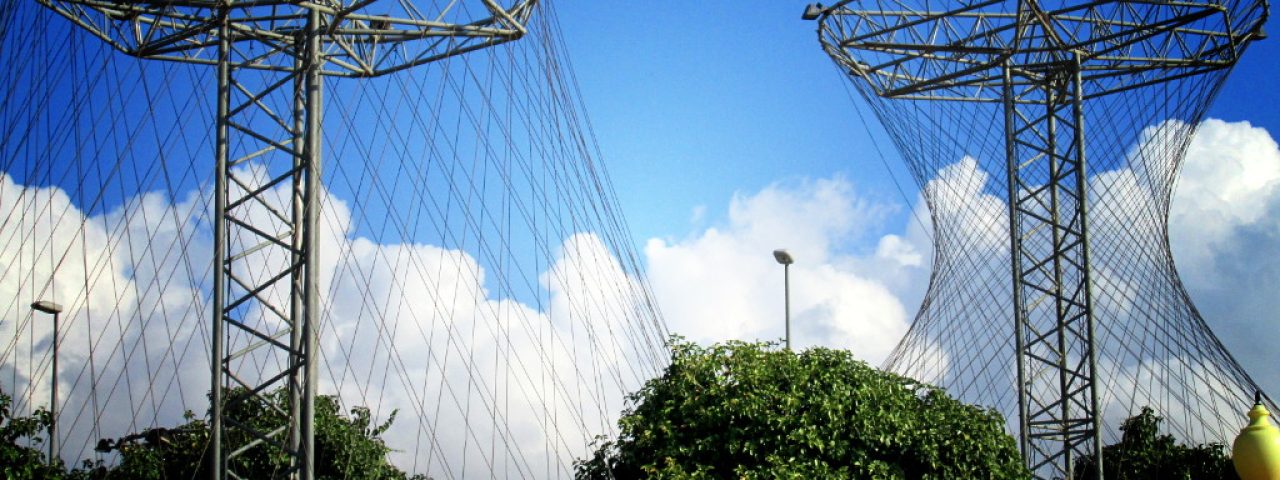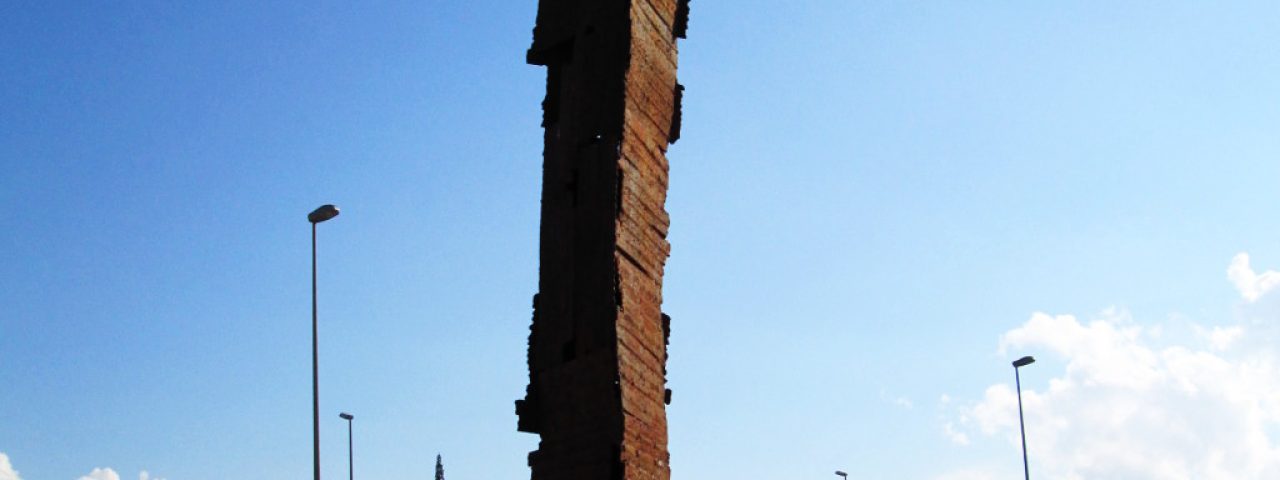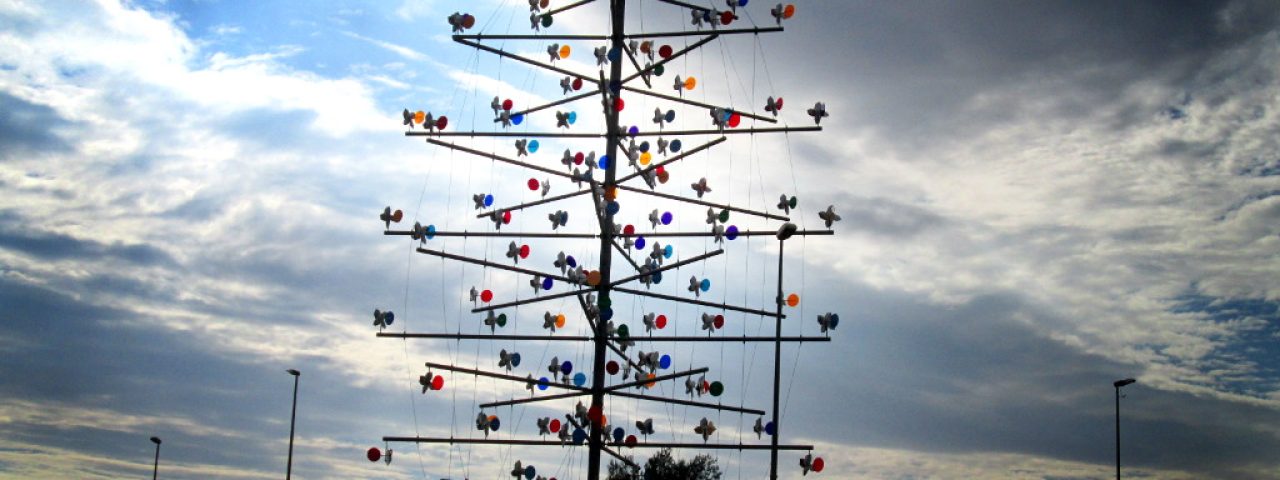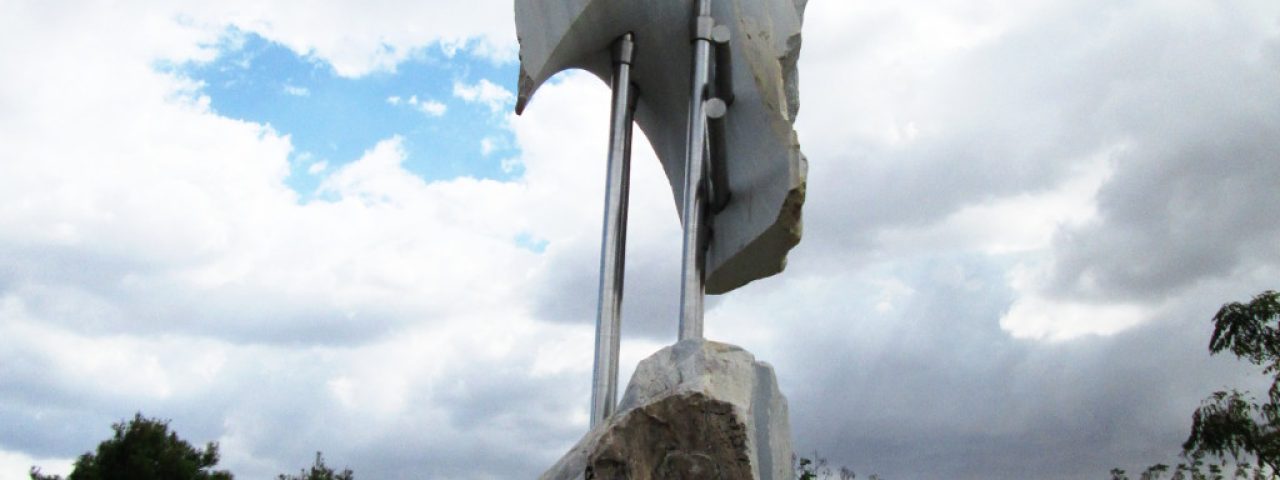Ceutí has a rich and varied history that reflects the influences of the many civilizations that have passed through the region. Originally settled during Roman times, the area saw significant development under the Moors, who introduced advanced irrigation systems that still benefit local agriculture today. After the Christian Reconquista in the 13th century, Ceutí became a part of the Kingdom of Castile, with its history continuing to evolve over the centuries. The blend of Roman, Moorish, and Christian influences has left a lasting mark on the city’s cultural and architectural landscape.
Culturally, Ceutí is known for its strong sense of tradition, with numerous festivals and events held throughout the year that celebrate local heritage. One of the most notable is the Fiesta de la Virgen de las Maravillas, the town’s patron saint, which draws large crowds with its processions, fireworks, and communal meals. Other traditional events, like the Three Kings Parade in January and various agricultural fairs, highlight Ceutí’s deep connection to its local customs.
Art is also an essential part of life in Ceutí, with many public sculptures and street art murals scattered across the city. The town’s open-air art museum showcases contemporary pieces from both local and international artists, providing a cultural touchpoint for visitors interested in modern art and public installations.
